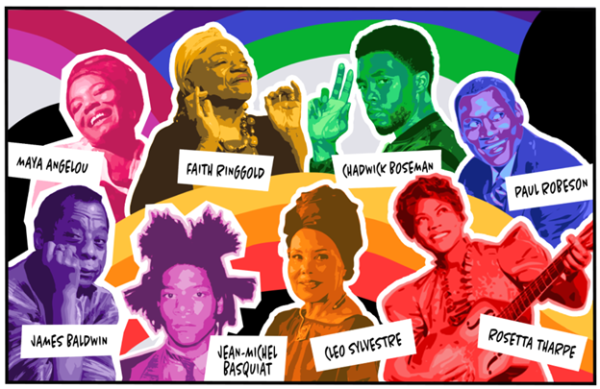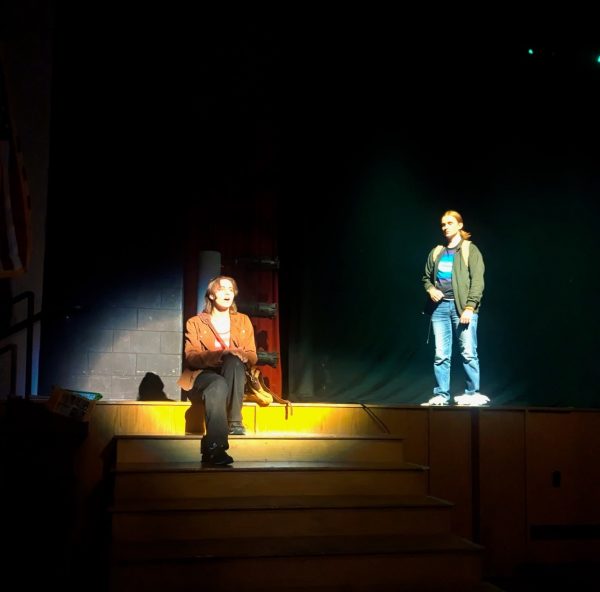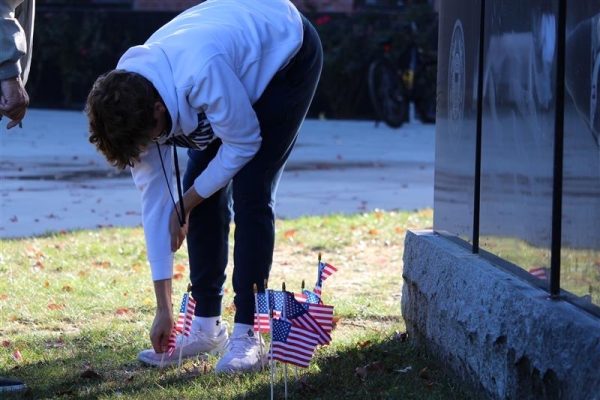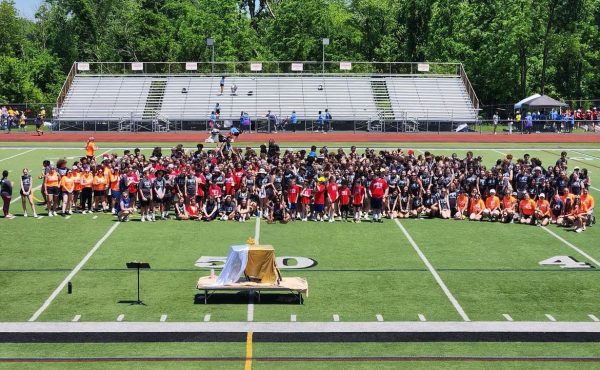Guest Opinion: We Must Confront the Present and Past of Anti-Asian Violence
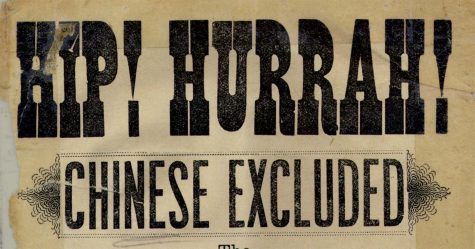 It is safe to say, the last year has been rough on everyone. What began as a viral epidemic cascaded into a global pandemic, loss of loved ones and surge of hate crimes targeting minorities.
It is safe to say, the last year has been rough on everyone. What began as a viral epidemic cascaded into a global pandemic, loss of loved ones and surge of hate crimes targeting minorities.
But as the nursery rhyme goes, “April showers bring May flowers,” and there is beauty that follows the “showers”—or torrential downpours, in this case. Unlike the natural transition of weather, however, we have to actively fight for “May flowers.” This endeavor of peace and equality includes facing the storm head-on by confronting the broken history of Asian-Americans in the U.S.
In the late 19th century, Asian-Americans were regarded as a threat to the United States. From this fear emerged an influx of xenophobic propaganda, such as the Yellow Peril: a term coined to depict Asian-Americans as unclean and unfit for citizenship. Furthermore, the Chinese Exclusion Act was published on May 6, 1882, to place a quota on Chinese immigrants entering the U.S.
During World War II (1939-1945), the model minority myth emerged. This philosophy states Asian-Americans were the ideal immigrants to the United States because they were innately, naturally successful.
However, many scholars indicated Asians only started to “succeed” when the discrimination against them lessened. On Feb. 19, 1942, President Franklin Delano Roosevelt signed Executive Order 9066 to incarcerate potential enemies of the U.S. Under this order, people of Japanese descent were heavily targeted, even those that were naturalized citizens and second- or third-generation Americans.
A year later, Congress repealed the Chinese Exclusion Act and recast Asian-Americans as submissive, peaceful citizens. This was done in an attempt to rival Japan and the Axis powers.
Today, the vilification of Asian-Americans manifests itself through the rapid increase of hate crimes. Between March and December of 2020, there were a total of 2,808 firsthand reports of anti-Asian attacks.
While the past and present are troubling, it is imperative to embrace the discomfort through education, dialogue and societal action. In doing so, we can amend some of the brokenness and progress towards equality.
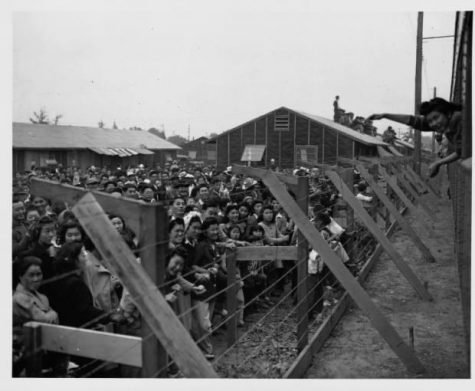 As the month of May approaches, Asian American and Pacific Islander (AAPI) Heritage Month, the Asian Student Association (ASA) will be hosting numerous events open to all students, teachers and staff members.
As the month of May approaches, Asian American and Pacific Islander (AAPI) Heritage Month, the Asian Student Association (ASA) will be hosting numerous events open to all students, teachers and staff members.
In the coming weeks, ASA is holding another TEAMS call to bring awareness and education to the AAPI community. After the informational portion, the meeting will conclude with an open dialogue addressing discrimination, pain and reform. If you are looking for ways to support the AAPI community, this meeting is a great place to start!
In addition to continuing the conversation, ASA will also celebrate the rich diversity of Asian cultures. Be on the lookout for a bubble tea fundraiser at Kung Fu Tea coming soon!
In the end, it is up to us to create a better America. While there are many steps ahead, I am optimistic about the future and its prospects. Within the walls of Hatboro-Horsham, I can see the common goal of equality uniting the community—especially during the public forums. It is empowering watching students speak up and have their vulnerability met with support from peers, teachers, and staff. Together, we can continue planting the seeds of justice, understanding and kindness, which can withstand even the harshest storms.
If you want to learn more, please check out this resource ASA put together!
Asian Hate Crimes: Tools to Learn & Help: https://docs.google.com/document/d/1-LHFp0kxB9E2tL2O69KUwArNO52T5EhLUGqTeb9P5y4/edit




